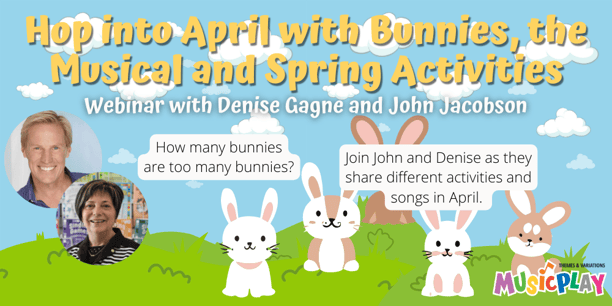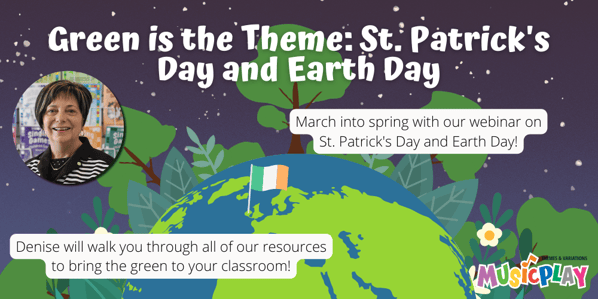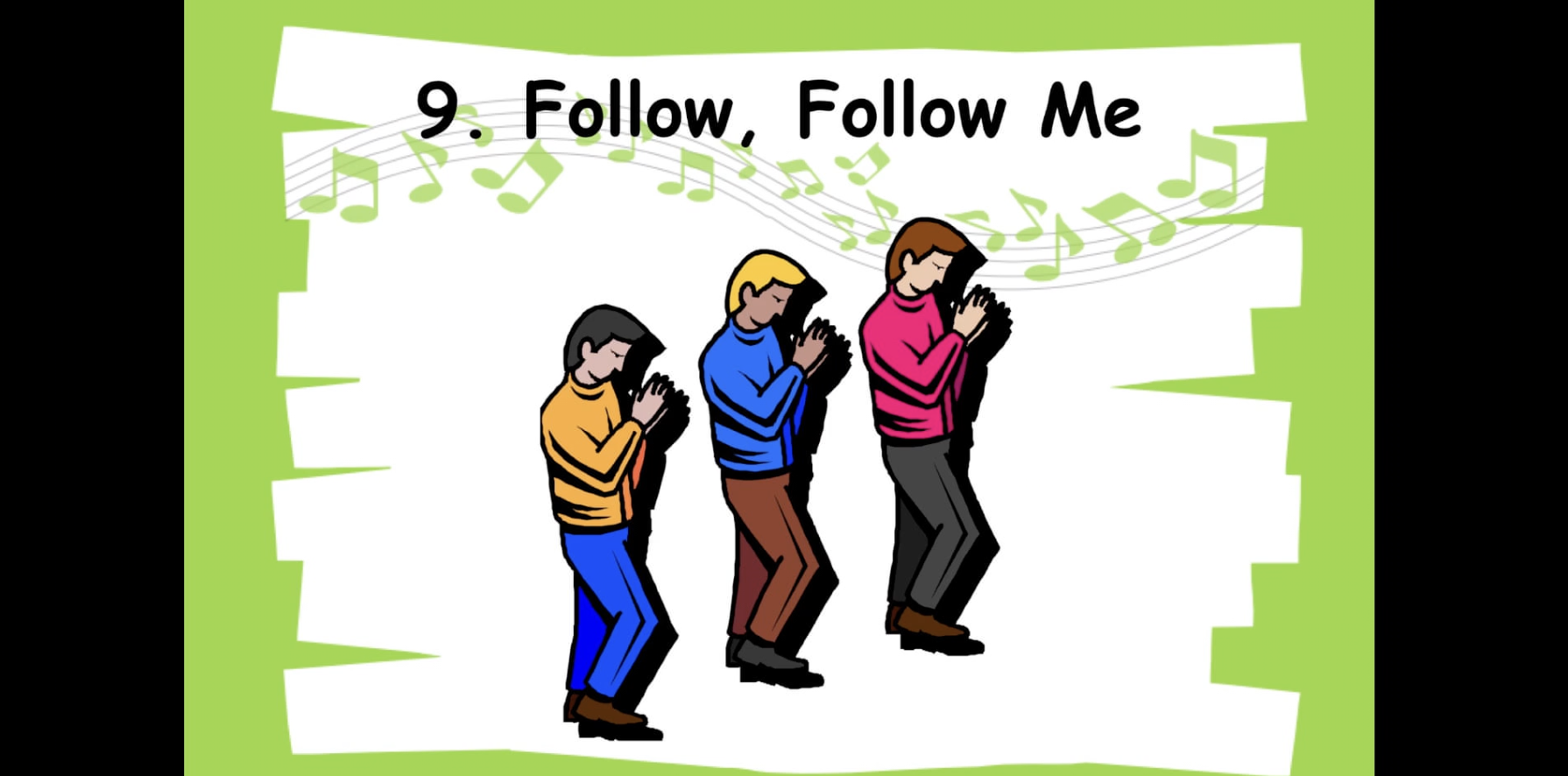More Composition Ideas

Creating a Rondo
Why is teaching music so important for the students in our elementary schools? One of the reasons (and there are many!) is that we can help students develop creative thinking in our music classes.
A Rondo is a compositional form where there is a theme that repeats, and variations between each repetition of the theme. In elementary classes, you can create a rondo by choosing a simple song, then have your students individually or in small groups create variations.
In Musicplay 2-5 there are songs that are included to use as the theme of a rondo. One that I like to use is Time to Play, #16 in Musicplay 2.

Teach the song by rote if your students are not reading music yet. If they are reading ta, ti-ti and rest, have them read the rhythms of the song. If you have the Digital Resources for Musicplay, you can project the song and point to the notes. If you don't have the Digital Resources, write the rhythm on the whiteboard and have them read the rhythms. Then have them read the words, or teach the words by rote.
If your students can read solfege - la so mi and do - they could read the melody for the song. If they don't read solfege, you could have them echo the solfa patterns that make up the song and teach them the hand signs.
If time is limited, you could divide your class into four groups: woods, metals, drums, shakes and scrapes. A good way to decide on the groups is to put a hula hoop on the floor with a basket of wood instruments inside - spoons, calves, rhythm sticks, tone blocks, wood blocks. Send 5-6 students to the wood section. (Be sure you have 7 or 8 instruments in the basket so there is enough for even the larger groups).
Another hula hoop would have metal instruments - triangles, finger cymbals, cymbals, and tambourines if you wish.
Another hula hoop would have 7-8 drums, and another the shakes and scrapes - egg shakers, guiro, sandpaper blocks, cabassa, tambourines if you wish.
Have each group improvise for 16 beats as variations. You should keep the beat on a bass xylophone (play an F C bordun) or on a drum. So the form would be:
A - Sing the song
B - Woods improvise for 16 beats
A - Sing the song
C - Metals improvise for 16 beats
A - Sing the song
D - Drums improvise for 16 beats
A - Sing the song
E - Shakes and Scrapes improvise for 16 beats
A - Sing the song
If you had more time, you could invite the students to create and compose their variations using word rhythms or note squares.
For this song, the word rhythms could come from the names of instruments. Divide the class into groups of 2-4 students and have each group choose two instruments. They would make up a word chain using the names of their instruments. For example:
Drum, drum, shaker, drum
or
Finger cymbals, tambourines, Finger Cymbals Tambourines
If their word rhythm is 4 beats long, they'll say it 4 times. I like the students to say and play - this really helps them to understand the concept that rhythm is the "way the words go."
If their word rhythm is 8 beats long, they'll say and play it 2 times.
The students could figure out the rhythm of their word chain.
Drum Drum shaker drum would be ta ta ti-ti ta
Finger Cymbals Tambourines would be ti-ti ti-ti ti-ti ta
If you have note squares, they could use them to notate the rhythm that they've chosen. For the fall, every shipped order from Themes & Variations will include 10 sheets of note squares, ready to cut out and use in your classroom.
 A third way to have the students compose variations would be to give them packages of note squares, and have them create a rhythm for 8 or 16 beats that they would play as the variations.
A third way to have the students compose variations would be to give them packages of note squares, and have them create a rhythm for 8 or 16 beats that they would play as the variations.
These are simple ideas to get your students started composing in the K-6 music classroom. Share your students compositions in the Musicplay Teacher's Group on Facebook.
Musicplay Live
Registration for Musicplay Live in Washington, DC; Austin, TX; and Virtual is open!
Musicplay Workshops

Check out our latest webinar on activities for April, including Easter and Spring activities AND Bunnies: The Musical!
Musicplay Minutes Podcast

Listen to our newest podcast on ideas for St. Patrick's Day and Earth Day!

.png?width=483&height=405&name=MusicplayLive%202023%20Sing!%20Say!%20Dance!%20Play!%20With%20Artie%2c%20Denise%2c%20and%20JJ%20Locations%20FB%20(2).png)
